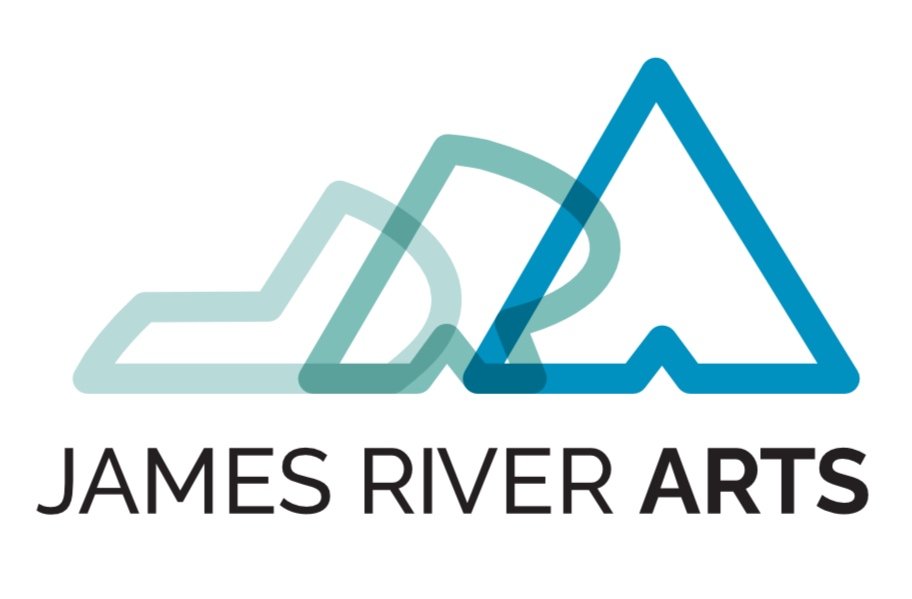Our Mission
James River Arts is dedicated to strengthening and enriching the creative capacity of the Greater Lynchburg community by promoting the love of art in all its forms and its importance in supporting cultural growth and diverse human development of all community members. We will facilitate and promote communication, cooperation, and support of the arts through partnerships with businesses, government, educational entities, and individuals.
What is Public Art?
The James River Council for the Arts and Humanities exists to support public art with purpose. But what does that mean?
Public art is exactly that, art in public spaces. The term “public art” may conjure images of historic bronze statues of a soldier on horseback in a park. Today, public art can take a wide range of forms, sizes, and scales—and can be temporary or permanent. Public art can include murals, sculpture, memorials, integrated architectural or landscape architectural work, community art, digital new media, and even performances and festivals! Public art is often site-specific, meaning it is created in response to the place and community in which it resides. It often interprets the history of the place, its people, and perhaps addresses a social or environmental issue. The work may be created in collaboration with the community, reflecting the ideas and values of those for whom it’s created. Whatever the form, public art instills meaning—a greater sense of identity and understandings of where we live, work, and visit—creating memorable experiences for all.
-AMERICANS FOR THE ARTS
Public art is not an art “form.” Its size can be huge or small. It can tower fifty feet high or call attention to the paving beneath your feet. Its shape can be abstract or realistic (or both), and it may be cast, carved, built, assembled, or painted. It can be site-specific or stand in contrast to its surroundings. What distinguishes public art is the unique association of how it is made, where it is, and what it means. Public art can express community values, enhance our environment, transform a landscape, heighten our awareness, or question our assumptions. Placed in public sites, this art is there for everyone, a form of collective community expression. Public art is a reflection of how we see the world – the artist’s response to our time and place combined with our own sense of who we are.\
-ASSOCIATION FOR PUBLIC ART
More than ever before, public artworks are stimulating and inviting active dialogue rather than just passive observation, thereby fostering social interaction that can even lead to a sense of social cohesion among the viewers themselves. Maybe this is happening because some planners, artists, and architects are no longer afraid to see themselves as resources, facilitators, and collaborators, rather than as experts. In such cases, the design of art in public spaces moves away from reverence for textbook ideals and toward flexibility, changeability, evolution, and an appreciation for humanity.
-PROJECT FOR PUBLIC SPACES
